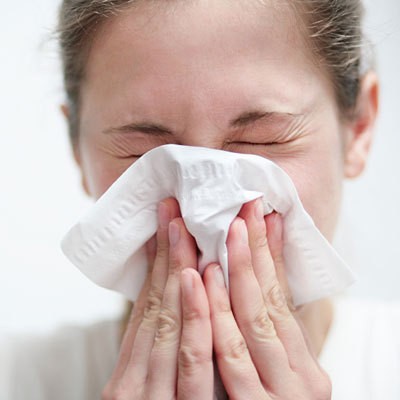 More than 6 million work and school days were lost due to allergies, costing more than $17.5 billion, according to 2010 research from the Asthma and Allergy Foundation of America.
More than 6 million work and school days were lost due to allergies, costing more than $17.5 billion, according to 2010 research from the Asthma and Allergy Foundation of America.
In a commercial setting, indoor allergens can affect employee health year-round and can include pollen (especially in warmer climates), dust, mold and other contaminants. The timing and severity of allergy seasons varies by climate across the country, but even areas blanketed by snow can still influence allergy symptoms. It’s important to maintain a healthy environment for the people who work, play and occupy your facilities.
3 Tips to Reduce Allergens and Improve Indoor Air Quality
Deep clean carpets. When foot traffic moves over your carpeting, dust and allergens fly into the air, triggering allergies and creating dusty surfaces. Seasonal deep cleaning will remove dust, dirt, pollen and other allergens that enter your facilities through windows, doors, clothing and shoes as well as restore colors, remove stains and prolong the life of your carpeting.
Dust smarter. Microfiber mops, cloths and dusters attract and traps moisture and soil at the microbial level instead of leaving dust and dirt behind. Tests have shown that those microfiber products trap 99% of surface bacteria versus conventional cleaning materials that only captured an average of 33 percent. Microfiber cleaning products improve cleanliness, work more efficiently and are more environmentally friendly,
Refresh bathrooms. It’s the dirty, little secret – even with daily cleaning and precautions, dirt and bacteria build up over time. Deep cleaning will sanitize all restroom surfaces and fixtures, effectively removing build-up of dirt and bacteria and lessening their impact on indoor air quality.
































